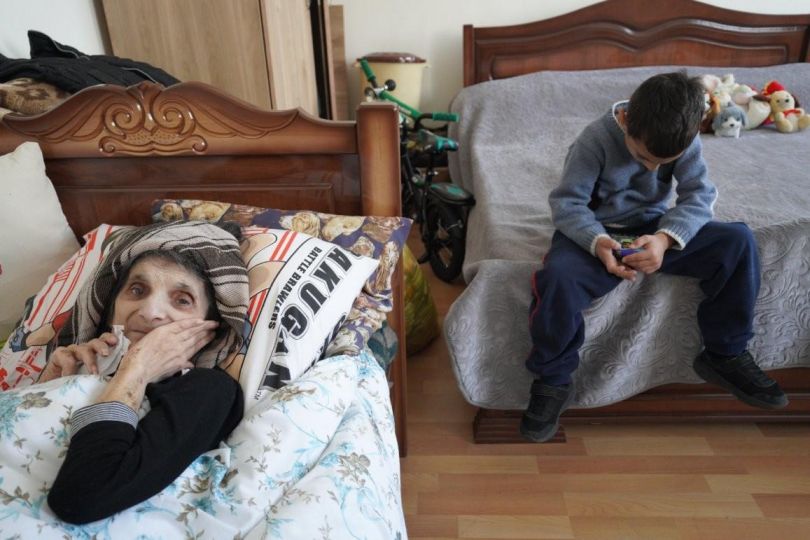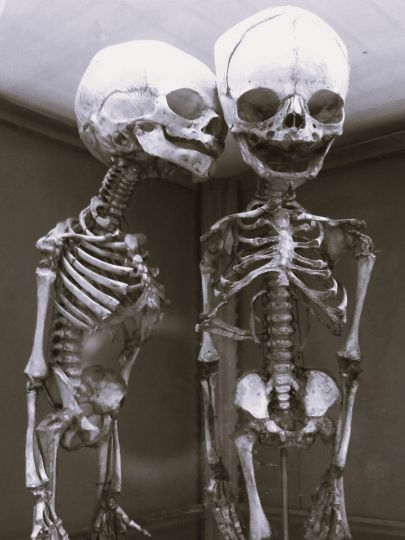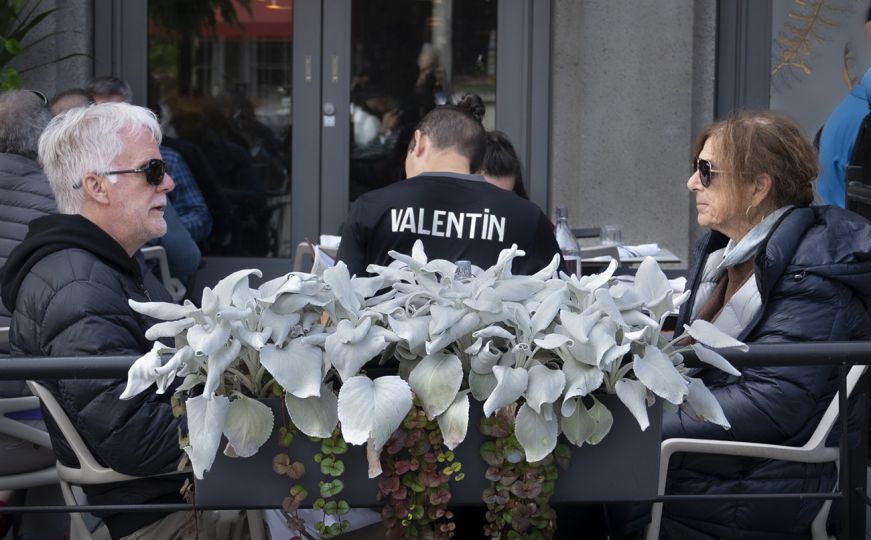Valerie Anex is a young Irish-Swiss artist born in 1983 in Lausanne, Switzerland. She first graduated in 2007 at the Graduate Institute of International and Development studies in Geneva, before entering the Geneva University of Art and Design the same year. Her activities include photography, film and video. She graduated from Geneva University of Art and Design (HEAD-GENEVE) in July 2011 with a Masters Degree in Fine Art, where she was awarded the Neumann prize attributed by the City of Geneva for her photographic work Ghost estates. Here is her text:
« Ireland, 2011
There are many faded advertisements with multiple stickers announcing reductions in property prices on the road sides, indicating the existence of huge housing estates built in small villages in the Irish country-side. The tyres of my car screech to a halt on the loose stone roads and pavements leading to them. Once there, in the winter light of this month of February 2011, I can’t perceive any trace of human life in the vast rows of immaculate buildings. Sometimes, in the distance, a van disappears immediately after my arrival. Probably people who were there to steal some recyclable or valuable materials. They are almost the only persons I saw in these areas supposed to celebrate family life. Instead, there is an atmosphere of desolation and emptiness. One can hear the murmuring of the wind in the grass of the neglected lawns and from time to time a dog barking in the distance. Abandoned building sites stand in the surroundings, mounds of earth and all kinds of waste are strewn everywhere.
The National Institute for Regional and Spatial Analysis NIRSA defines a ghost estate as a development of ten houses or more in which fifty per cent or less of homes are occupied or completed. In October 2010, according to official estimates, there were 2846 ghost estates and more than 350 000 vacant homes throughout the Republic of Ireland. Ghost estates can be found everywhere, but most of them are located in the rural areas of the northern and western part of the country, in the counties of Cavan, Leitrim, Longford and Roscommon, which are the estates I visited.
These empty shells are eyesores for the locals in these small towns. They rile them as premature vestiges evoking hope of prosperity in the boom days but today they are face to face with looming disaster. The crisis is affecting the country– unemployment, debts, budget cuts, flights of capital investments – but it is also shaping the landscape. It is visible everywhere on the territory.
Bitter memories left by the spectral and temporary nature of the property boom in Ireland, ghost estates are the symbol of the property market’s collapse, a topology of the economic disintegration of the country.
These empty houses, built in places where no one wanted to live are the evidence of the failure of the political and economical logic of short term growth, which during a few years seemed to perform miracles. Indeed, the Celtic Tiger had completely transformed the country, handling resources and energy, creating employment and wealth, attracting financial investments and a large number of immigrants. Yet, since the financial crisis of 2008, prosperity has given away to economic disaster and depression.
The Irish landscape largely reflects this economic situation but is also the reflection of a more global crisis.
These houses are lying there empty, in abandoned and isolated areas, waiting for somebody to move in or for someone to finish them.”
Valérie Anex Mac Loughlin
















